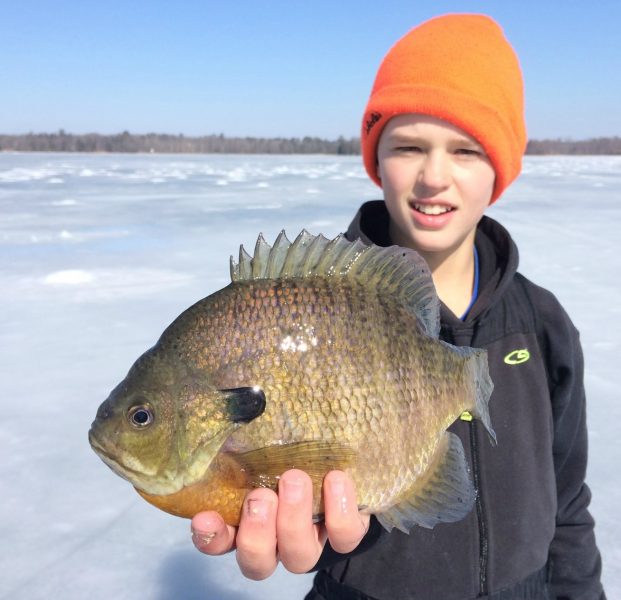Self-Imposed Limits – The Key to Great Panfishing
Joel Nelson 03.06.17
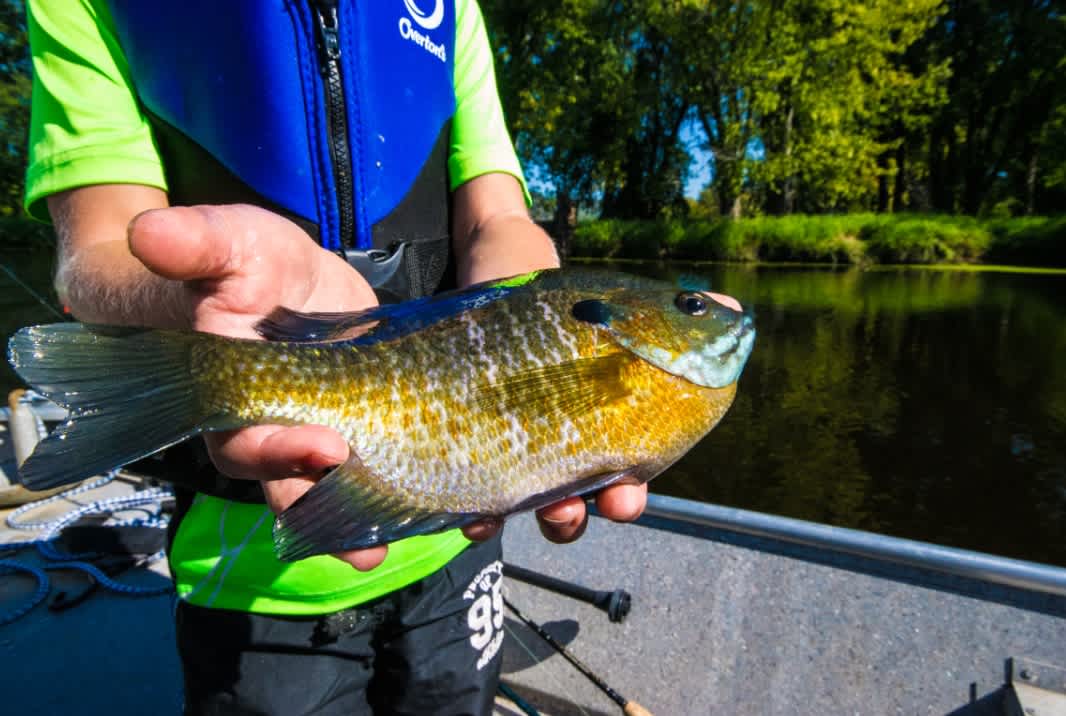
If you’re a panfish angler, then chances are you’ve got some sob-stories to share. While I have more than a few of my own, it’s the No. 1 lamentation I hear when talking to panfish anglers from all over the country.
Each tale begins the same way, with vivid descriptions of giant gills or crappies that probably were once much like the buffalo of the Great Plains. Similarly, unchecked harvest and increased pressure left either few individual trophy panfish to catch, or more often, decreased size quality as a long-lasting and unchanged effect.
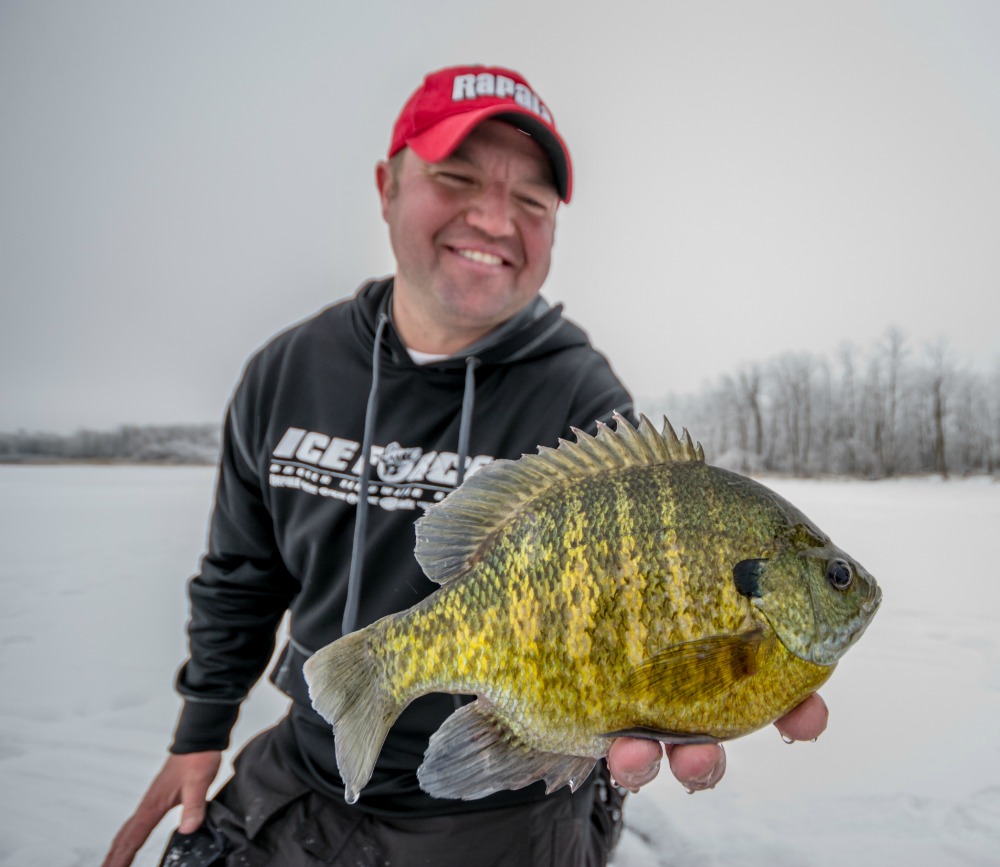
Let me be the first to say that I enjoy eating fish and look forward to panfish meals as the reward for a good day on the water. Many anglers, myself included, tire of lectures, especially when they fish very little throughout the year and keep a relatively small sum of fillets compared to those who are at it several times per week. There are many folks who get out on the water (or ice) a weekend or two per year, and regulations that can already be restrictive on selected waters seem to curb their ability to enjoy fish altogether.
Yet panfish stocks continue to decline in most waters, even as regulations in many states are gaining higher scrutiny in order to reverse a trend long steering to the negative. Quite frankly, fisheries managers have always had a difficult task to perform.
In 1968, a landmark fisheries article titled “Tragedy of the Commons” appeared in the prestigious journal Science. Ecologist Garrett Hardin summed up in mere paragraphs a phenomenon that so succinctly describes the challenge of modern fisheries management, its importance nearly 50 years ago pales in comparison to its relevance today. The basic tenet is primarily economic, but describes with many examples how people will readily deplete any public resource for individual gain, even when it damages their long-term collective interests in conserving that resource. Short-term personal benefits are immediately fulfilled without consideration for future populations.

No one-size-fits-all regulation can improve fishing everywhere, and if trends point toward poorer size quality and decreased numbers of panfish despite a focus on their conservation, how do we preserve what’s left and maintain the great tradition of enjoying meals of panfish?
Here are a few painless ways to limit your take and promote healthy fisheries, all while enjoying plenty of fish for the pan:
- Targeting Penalty – Late-ice congregations of panfish in the North, and shallow spawning bites nationwide, represent intense periods of vulnerability. During these times, the biggest panfish in the system are easy targets and readily exposed. Realize that if you concentrate efforts during these time periods and keep even legal limits consistently, you’re doing a disproportionate amount of damage in that water-body than you would by spreading out your efforts throughout the year.
- Spread the Love – As anglers, we’re opportunists. It’s difficult to leave a lake that has a great bite for another, but keeping any number of fillets from 10 lakes is far better than that same number of fish from one lake. What I’ve found is that you can often find better fishing on nearby water bodies, distribute your take, and enjoy the hunt for new spots along the way.
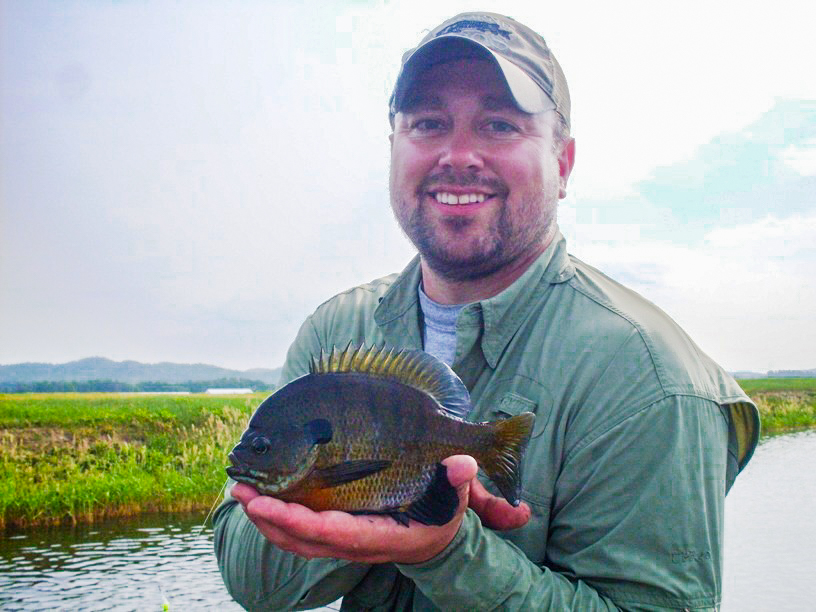
- Release Large Male Bluegills – Male gills are identified by brighter spawning colors and a longer ear-tab than their female counterparts. These larger males are crucial to healthy populations because they defend nests from cuckold males that pass forth inferior genes, thus reducing the size structure for the entire system. To help you tell the difference, check out the comparison photo below. Because it’s not easy to tell the difference in many cases, the best option is to simply release all big bluegills regardless of gender.
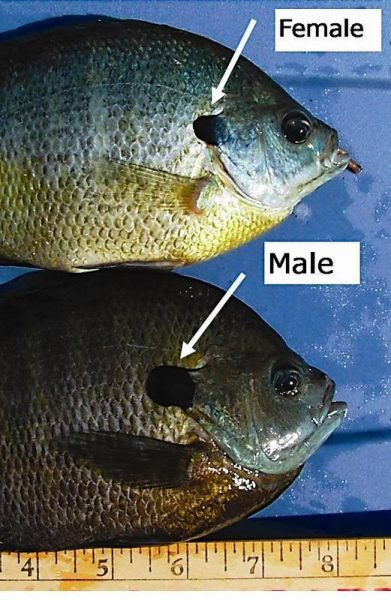
- Measure Everything – It’s hard to know what a big fish is without a good bump board (below). Get used to measuring your panfish, and get a feel for what a good gill or crappie really is where you live.
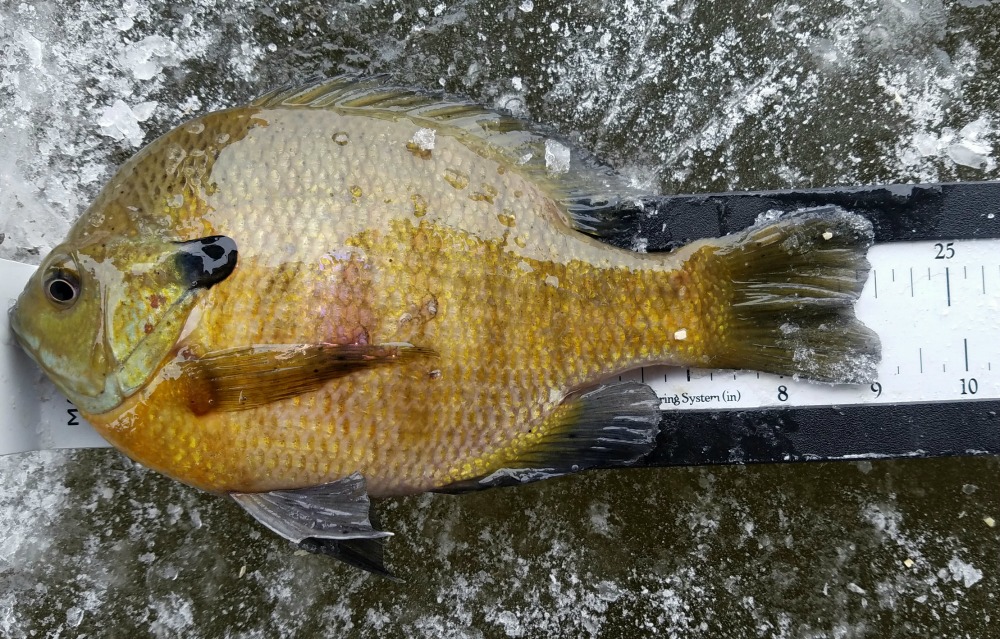
- Avoid High-Grading – Big bluegills of any sex are top performing individuals of their species. Keeping only the fittest members of any population leaves an unnecessarily shallow gene pool, a foul which is especially damaging to the increasingly few small, remote lakes where great panfishing can still be found. Tiny lakes simply can’t withstand the same pressure as larger ones, even from small numbers of anglers.
- Fresh Only, Please – Start with a plan as to how many fish you’d like to eat for an upcoming meal and stick to it. Freeze if you need to, but again, have a plan in the nearby future to consume them. Continual limit-fishing and freezer-filling far too often leads to freezer-burnt fish that are tossed out. Knowing what you want, catching that many, and throwing back to the rest prevents those marathon cleaning sessions and promotes a sustainable catch-and-keep mentality.
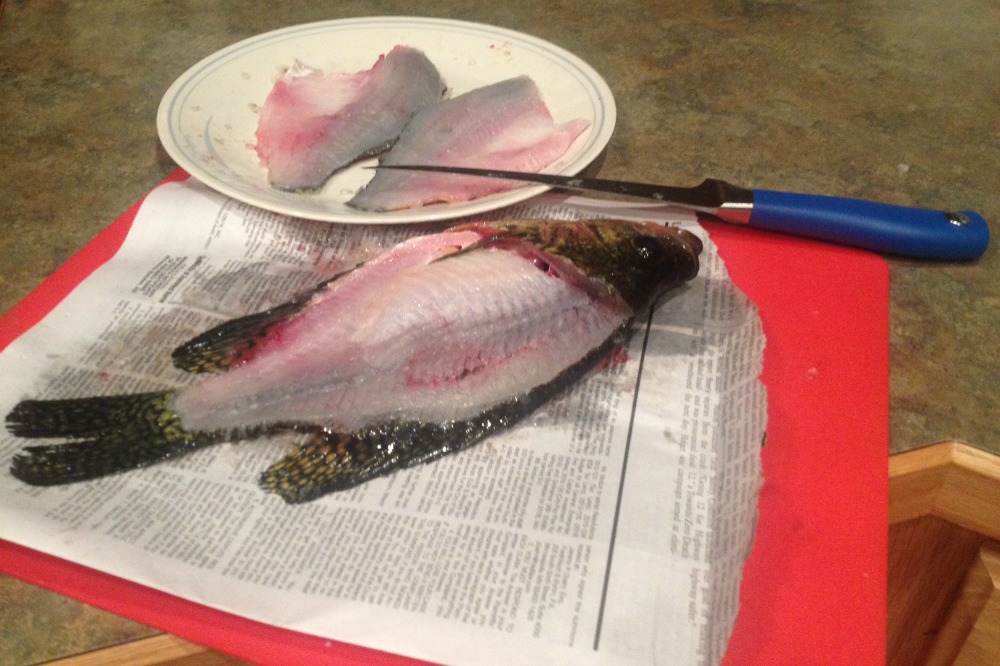
- Fish as a Treat – As far as the resource is concerned, gone are the days of serving nothing but bottomless baskets of fish. Round out any meal with some complimentary side dishes that don’t hide or cover up the main event, and you’ll find that the same fish go a lot further.
- Do as I Say, AND as I Do – Dads, moms and other on-the-water mentors: Pass down the idea of selective harvest – releasing big bluegills – to youth anglers. It’s amazing how impressionable kids are . . . if Dad brings them up clubbing buckets of panfish, then that’s what they know and do. However, if kids get used to keeping a meal of medium-size fish and letting the bigger ones go, then that stays with them as well.
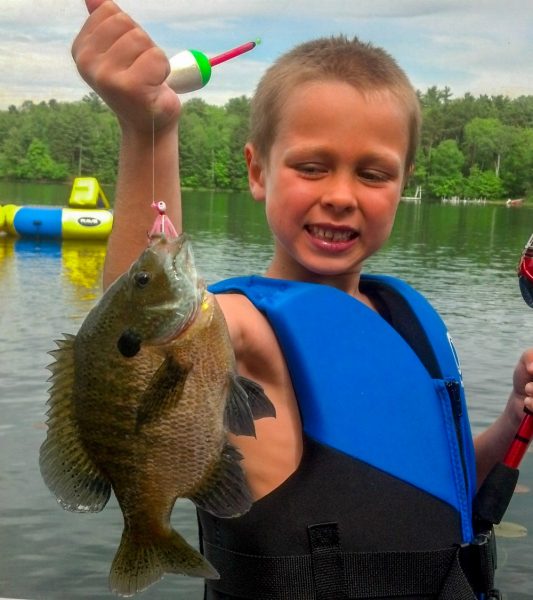
Avid angler Mike Hehner had this to say: “I’m involved with a Minnesota DNR panfish workgroup, and the biggest challenge for the future is changing people’s attitudes on panfish. Between social media (sharing current hotspot fishing info) and mapping technology, the big panfish don’t stand much of a chance. Biologists tell me that the key is keeping big fish in the system; if you pull out all the big ones, the sunfish sexually mature at a younger age, which stunts their growth. And because they have successful spawns every year, the size never recovers.”
With some great fishing ahead of us in the coming months, see if you can utilize the above suggestions to not only enjoy the panfishing of the moment, but appreciate it for years to come.
